
The Energy & Climate Intelligence Unit (ECIU) is calling for a more ‘ambitious’ Zero Emission Vehicle (ZEV) mandate to give drivers access to more second-hand EVs and to give businesses greater confidence to invest in domestic supply chains, such as battery factories. It said a higher-level mandate would also likely speed up charging infrastructure roll-out.
In its new report on second-hand EVs, the ECIU said that if new EV sales continue along the trajectory currently set out in the government’s consultation for the ZEV mandate, there will be more than 2.1 million fewer small- and mid-sized second-hand vehicles available to the public.
The ZEV mandate is a requirement for manufacturers to ensure that an increasing proportion of the vehicles that they sell in the UK are electric. The government committed to the mandate in its 2021 Net Zero Strategy and it is scheduled for introduction in 2024.
It is one of the mechanisms being used to phase-out sales of new ICE cars and vans from 2030, only allowing the sale of zero emission vehicles from 2035.
The government is currently proposing a target of 22% of a car manufacturer’s sales to be electric in 2024, rising incrementally each year (eg 38% in 2027, 80% in 2030) until 2035, when 100% of car sales will be fully electric.
The ECIU said the EV market in the UK is already on course to achieve these goals but warns that the EU is also seeking to put in place a ZEV mandate and if the EU’s mandate is more ambitious manufacturers could prioritise European markets, leaving UK motorists with limited availability.
The ECIU said that by using more ambitious targets that track a ‘high’ scenario for projected EV sales out to 2035, from the Society of Motor Manufacturers and Traders (SMMT), the target for 2024 would be 34%, 60% in 2027, 80% in 2030 and 100% in 2035.
The ECIU reports that currently EVs make up just 4% of used car sales and they typically retain higher sticker prices than their ICE equivalents.
The report said: “Ultimately, access to EVs for millions of families is dependent on the second-hand EV market reaching maturity. The fundamental driver for this
is supply – the quicker that new EVs are sold, the quicker these vehicles will become available on the second-hand market.
“Our analysis has found that the impact of introducing a mandate that broadly tracks the SMMT’s upper deployment scenario, rather than one that largely tracks existing market trajectories, could help address these challenges, and enable UK drivers to save billions of pounds in owning their vehicles.”





















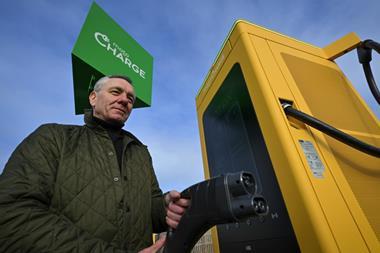
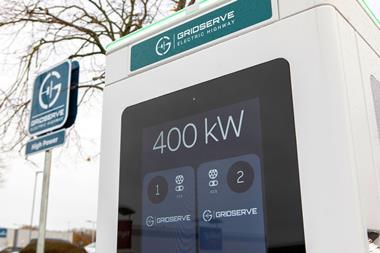
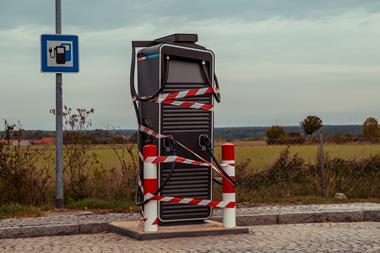

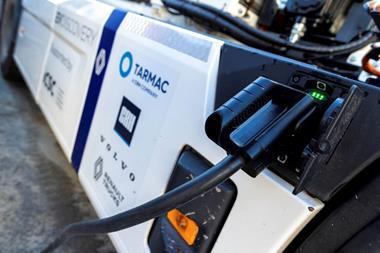
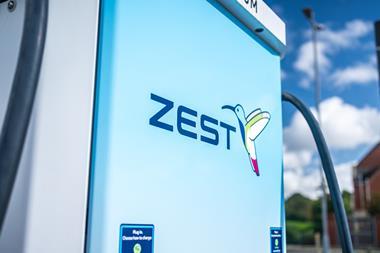






No comments yet